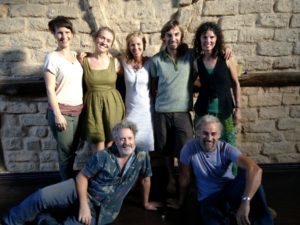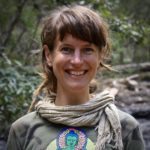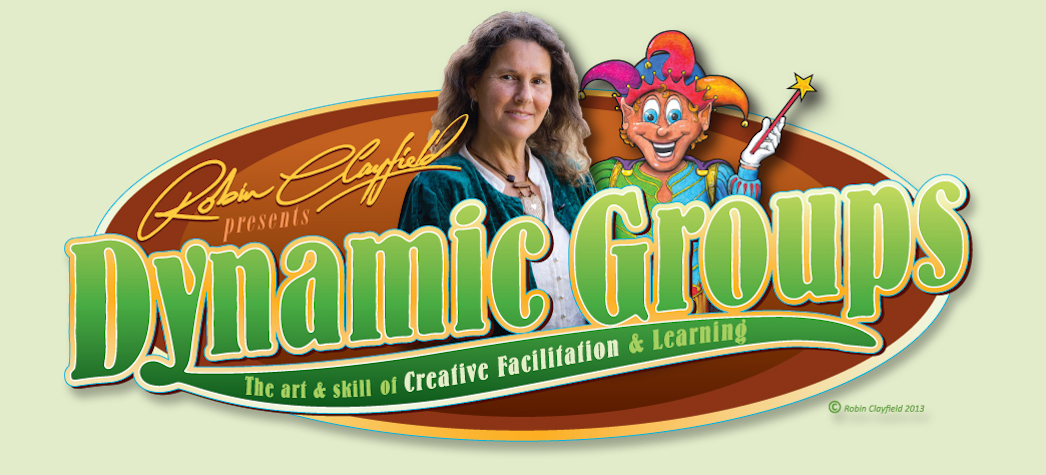by Erin Young

The Brus Ecovillage ‘Village Development Program’ (VDP) guides 120 people through Ecovillage design education for five weekends over 12 months. As part of the facilitation team currently bringing this potent curriculum to an enthusiastic group of future Ecovillage residents, it has not only felt natural but also very necessary to utilise ‘Dynamic Groups’ processes to support the content to be fully conveyed and received.
Small group work is an effective way to navigate a group of this size to support the intention for robust individual and group engagement. Grouping processes have been essential, energising, and connective. The group is invited to mill about each other, sharing smiles and recognition, having them bopping to fun lively music in the background. They are invited to connect “five right thumbs” to which the group excitingly scurries to create. They ’are back to milling about as the next instruction comes through. “Connect three right elbows”. After a few rounds of getting into the groove, the final configuration is invited: “Connect four left feet”. Knowing we would need groups of eight, the groups would then fuse with one other group to create their collective for the next exercise. This process is invaluable when placed amongst sessions of high content transfer (especially after a PowerPoint presentation): the movement and interaction are energising and allow a graceful connectivity amongst future community co-residents.
Sociograms have also been effective for helping everyone explore the make-up of the VDP group. For a group this size, we’re located with adequate space to move around while exploratory questions are issued to collectively grasp the dynamics of the individuals who make-up the whole. On a marked-out scale of 1 to 10 (least to most) covering approximately 10m in length, questions are posed and the people map themselves in 3D : “Place yourself according to how much community experience you’ve had”, “How far have you come today?”, “How many people do you know in this group?”. Everyone can observe the clusters in responses, getting a feel for the ‘lay of the land’ in the human landscape. Once again, the dynamic of the whole group moving around each other has been vital in group connectivity.
We’ve even taken dynamic processes into the facilitation team’s evaluation of our role in facilitating the weekends. As the team lives in various locations around the Northern Rivers and South East Queensland, we work with a spreadsheet set-up with Edward de Bono’s ‘6 Hats’ to thoroughly and creatively explore how we’ve performed and what can be tweaked for next time. Six columns are colourfully headed-up according to each of the 6 Hats. The rows are labelled in relevance to the aspects of our facilitation role: content, presentation style, equipment and resources, teamwork, and facilities. Each of the facilitators then fills-in the matrix on their own spreadsheet tab with feedback, providing space for different perspectives and provoking creative ideas. We all have an opportunity to see what each facilitator has offered, allowing a thorough harvesting of the diverse group’s insights and innovation.

Working with the VDP group at this scale is a first for me and has very much helped me develop a deeper appreciation for my dynamic process toolkit. Calling on the diversity of simple yet powerful processes that can be scaled up and down according to the group size has helped me be a more fun, engaging and effective facilitator, while bringing-out the same qualities in the group experience. I can’t think of any other way to do it for everyone to be in fulfilment and enjoyment with the experience.
 Dynamic Groups, Dynamic Learning Dynamic Courses, Books, Resources and Tours for Healthy Groups, People and Culture with Robin Clayfield
Dynamic Groups, Dynamic Learning Dynamic Courses, Books, Resources and Tours for Healthy Groups, People and Culture with Robin Clayfield